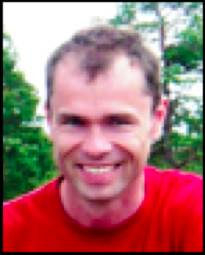Integrated Gas and Oil Zone Evaluation using NMR, Conventional, and Mud Gas Data
OR
About the Course
SPWLA members, view the course for free!
SPWLA Distinguished Speaker Series. The presence of gas and light oil in hydrocarbon reservoirs has a distinct effect on commonly used porosity logging measurements such as density, neutron, and nuclear magnetic resonance (NMR). In case of changes in hydrocarbon composition along the wellbore, it can be difficult to compensate for gas and light oil effects resulting in inaccurate estimates of true formation porosity and saturation. Variations in lithology further complicate the usage of bulk density and neutron porosity. A new method for improved estimation of formation volumetrics is presented, combining lithology-independent NMR porosity log data with hydrocarbon compositional information from surface logging mud gas data. The discussion includes the compensation of a light HC effect by including bulk density data, as well as potential complicating matters such as mud filtrate invasion, variations in mineralogy, and the limited vertical resolution of mud gas data. Data from two wells drilled across gas, oil, and water intervals in a North Sea clastic reservoir illustrate the determination of a continuous HI log and the resulting improvements for porosity and saturation estimates.

Your Instructor

Holger Thern is a Technical Lead for NMR research at the Celle Technology Center at Baker Hughes, a GE company, in Germany. In this role, Holger aims to connect research activities to the needs of the petroleum industry for the development of NMR logging services and integrated reservoir solutions.
In 1998, Holger joined Western Atlas’ research department in Houston, Texas, focusing on data interpretation and technical support for NMR wireline logging applications. In 2000, he became part of the NMR logging while drilling (LWD) development team for Baker Hughes INTEQ in Celle, Germany. During the past 18 years, he held different positions in NMR product development and geoscience research teams. In addition, he was active in numerous NMR LWD job support activities, many with direct customer collaboration around the world.
Holger earned a B.Sc. in Physics from the University of Constance and a M.Sc. in Geophysics from the University of Cologne. He has authored and co-authored more than one dozen patents and two dozen technical publications.
